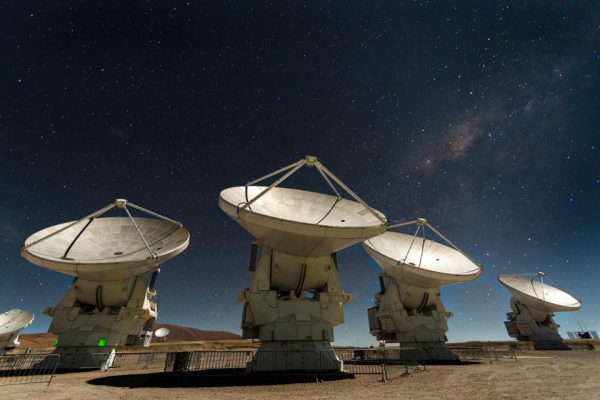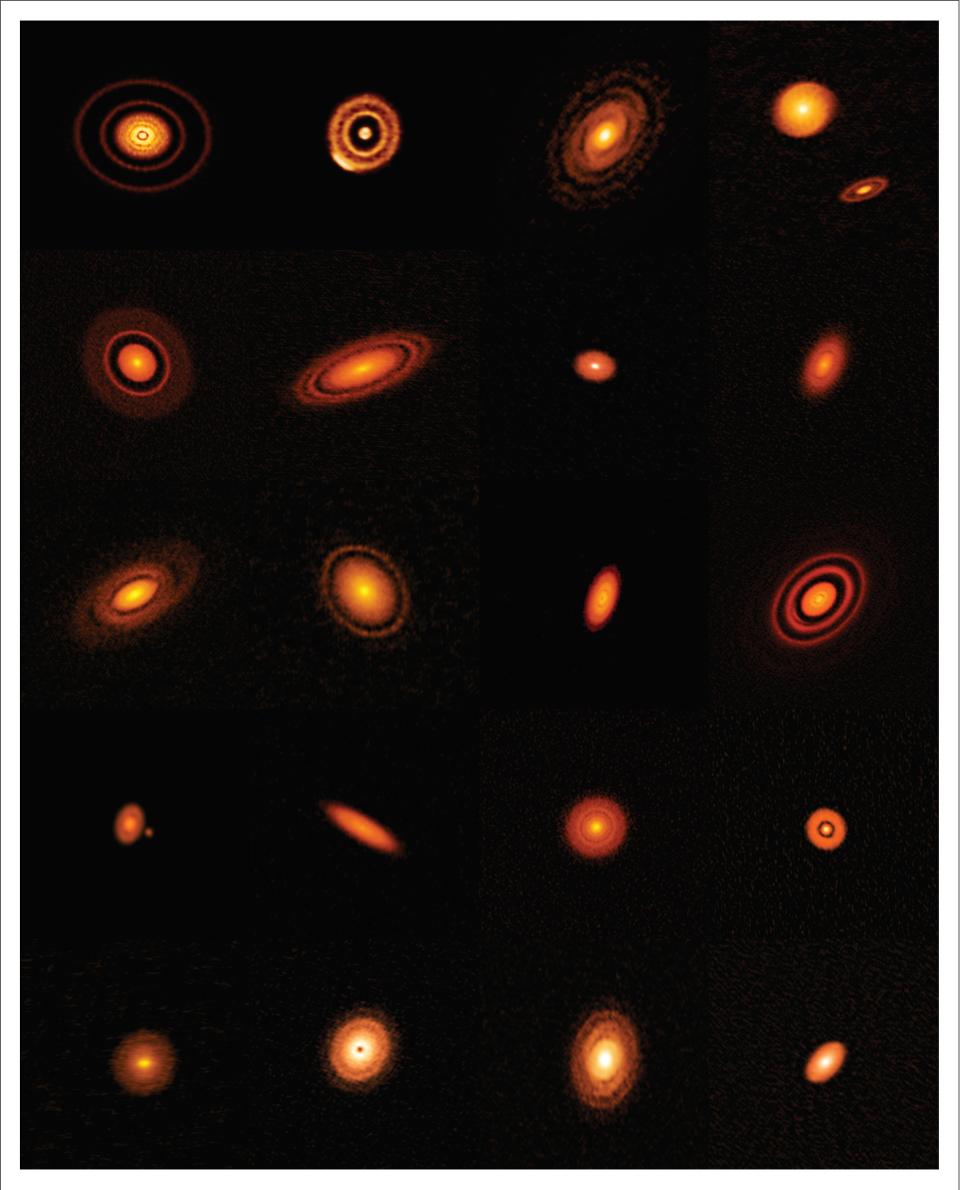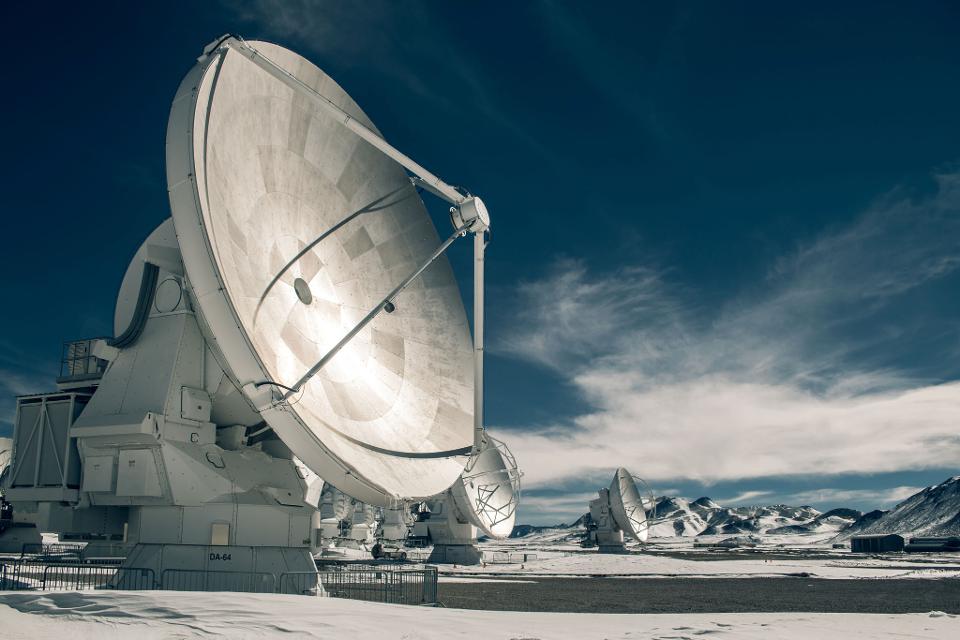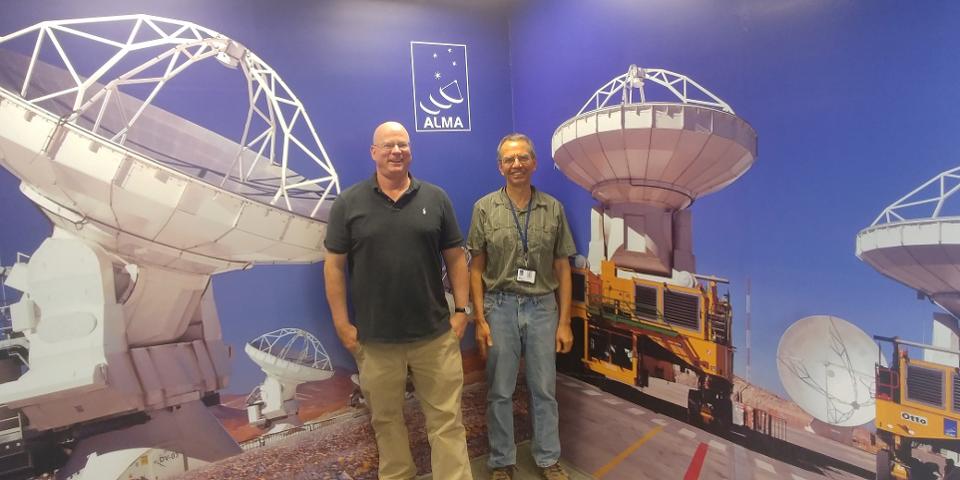How Astronomy’s Largest Telescopic Array Is Revolutionizing Planetary Science – Forbes

ALMA’s 66 antennas come from Europe, North America, and East Asia. Each manufacturer had to respond … [+] to identical technical requirements, counting on small differences in design. This image shows European antennas characterized by having cylinder-like supports.
SERGIO OTAROLA/(ESO / NAOJ / NRAO)
ALMA —- the Atacama Large Millimeter/submillimeter Array —- doesn’t exactly roll off the tongue; rarely grabs headlines; and although a marvel of engineering, is not the sort of astronomical observatory that produces a lot of screensaver-worthy images. But over the last decade, this billion dollar Chile-based array has quietly pushed the limits on both ends of the cosmic spectrum —- from detecting ionized oxygen near the beginning of time to observing ongoing planet formation around nearby sunlike stars.
In the process, it has steered submillimeter and millimeter astronomy —- what was once an observational backwater —- into the top tier of ground-based astronomy.
Although ALMA is temporarily shut down due to the COVID-19 pandemic, it remains the largest and highest such array of its kind ever operated. Its window onto the sky, high above the surrounding Atacama Desert of northern Chile, continues to provide planetary scientists and cosmologists alike with revolutionary data.
ALMA started its scientific operations in September 2011 while still under construction, with less than a quarter of its antennas. An international collaboration, it is funded by the European Southern Observatory, the U.S.’ National Science Foundation, Canada, Japan, South Korea and Taiwan. And as the host country, Chile gets a tenth of the observing-time. Today, it has 66 antennas used in three different array configurations that observe over bandwidths that lie between the radio and the infrared spectrums.

Twenty Protoplanetary Disks Imaged by ALMA
ALMA (ESO/NAOJ/NRAO), S. Andrews
Our field of view is roughly on the order of one arc minute, or one thirtieth of the Moon’s diameter, John Carpenter, an astronomer and the ALMA observatory scientist, told me in his Santiago office. We basically measure brightness as a function of position on the sky, he says.
“The brightness in any part of the image can be represented by a number,” said Carpenter. “Brighter parts of the image will have a larger number than fainter parts of the image,”
Astronomers use “false colors” to represent these numbers so that they can visualize them, says Carpenter. The combination of these colors, he says, allows us to create images that we can look at visually.
The most compact array configuration would keep the 12-meter antennas within 150 meters of each other, while 16 kilometers is the farthest apart that they would be separated.
One of ALMA’s more interesting discoveries is the discovery of the universe’s earliest known oxygen.
Astronomers detected a faint but definite signal of oxygen in a galaxy located 13.28 billion light-years away, or some 500 million years after the Big Bang, the observatory notes. This detection of ionized oxygen in the galaxy, MACS1149-JD1 in the constellation of Leo, proves that an earlier generation of stars had been already formed and expelled processed oxygen, says the observatory.
“The oxygen though had to be created earlier, and models suggest that star formation in this galaxy happened only 250 million years after the Big Bang,” said Carpenter..
Oxygen is not formed in the Big Bang so that’s telling us that star formation had to have started very rapidly in the universe, says Carpenter. You want to go further and further back in time to figure out how much mass and how many galaxies you can detect, he says; that tells us how star formation proceeded in the early universe.
A mainstay of ALMA science remains observing massive star-forming clouds of gas and dust within our own Milky Way galaxy. Some extend up to several dozen light years through interstellar space and can contain up to a million times the mass of the Sun.
When you see the Milky Way, those dark bands of gas and dust are where stars are still forming, says Carpenter. Portions of the clouds will start a gravitational collapse and then star formation stars, he says.

The ALMA antennas are the most precise antennas ever built. Their impressive characteristics enable … [+] them to capture radio waves that travel billions of light-years (from around the time of the Big Bang!) This image shows an antenna with a 12-meter diameter, with its aluminum panels pointing the captured light towards the subreflector, where the signals are concentrated and redirected towards the center of the parabola to reach the antenna receivers. Ⓒ ALMA (ESO/NAOJ/NRAO)
SERGIO OTAROLA
What causes the molecular clouds to collapse?
Ultimately gravity, says Carpenter. Once they start gravitationally collapsing, the protostar may form within a couple of hundred thousand years, he says. When a star forms, says Carpenter, it actually is surrounded by a disk that contains gas and dust where planets form.
What will ultimately be ALMA’s overriding scientific legacy?
What we understand about how planets form, says Carpenter; we have already made huges strides towards that.
How so?
Before ALMA, we basically could observe blobs in circumstellar disks, says Carpenter. But now we are now seeing structures within these disks that we think are tied to planet formation. The revolution is seeing those substructures; getting down to gaps within the disk’s clouds and dust that are roughly only a few earth-sun distances wide, he says.
These planets also appear to start forming within less than a million years after their parent star’s formation, says Carpenter.
But ALMA is also good at looking at objects within our own solar system, like the Sun, Venus, even planetary moons, like Saturn’s Enceladus.
We’re mapping out sunspots which is telling us how the solar coronosphere is heated, says Carpenter, and mapping out wind speeds and wind directions on Venus, and looking for geysers on Enceladus.
“ALMA is very good at mapping changes in temperature,” said Carpenter. This, he says, enables researchers to actually map out the temperature structure of solid surfaces of planets and moons within our own solar system.
And unlike optical observatories, ALMA can operate 24 hours a day, seven days a week. But there are two conditions ALMA requires to observe. One is low precipitation; the other is a stable atmosphere, says Carpenter.
What’s next?
An electronics upgrade over the next decade that would allow ALMA to observe a bigger chunk of the sky. And in the long run, Carpenter says there’s no reason why we couldn’t also add more antennas.
That would conceivably enable ALMA to observe a relatively massive extrasolar planet, like a hot Jupiter, while it was still forming, says Carpenter.

Author with John Carpenter at ALMA’s Santiago offices.
Bruce Dorminey





